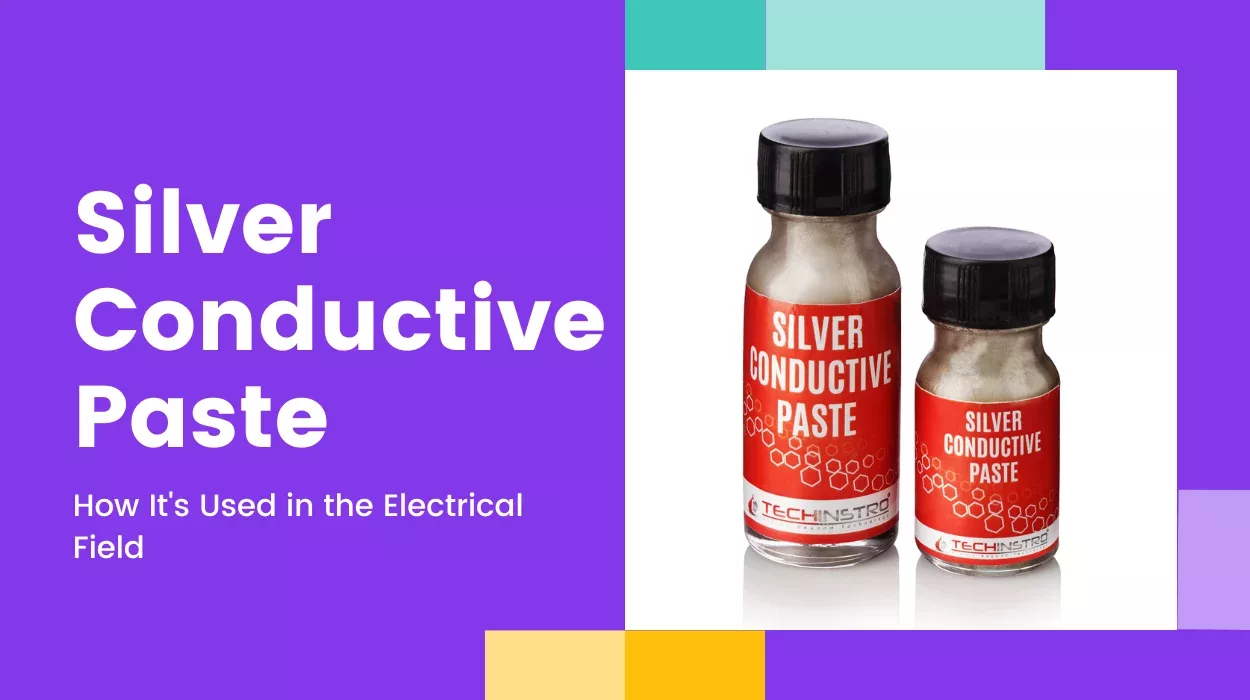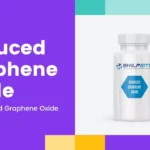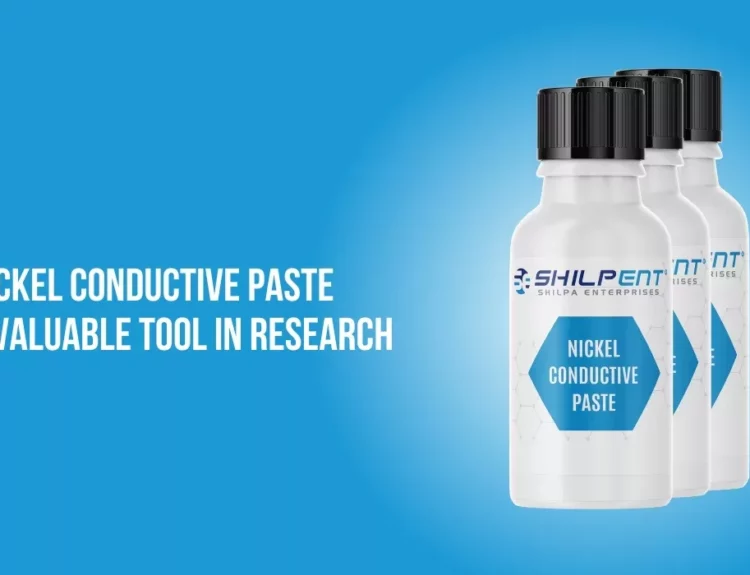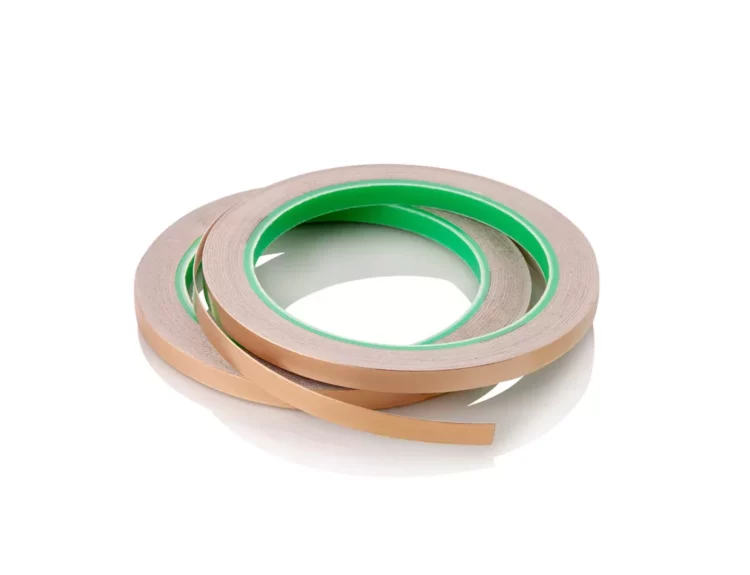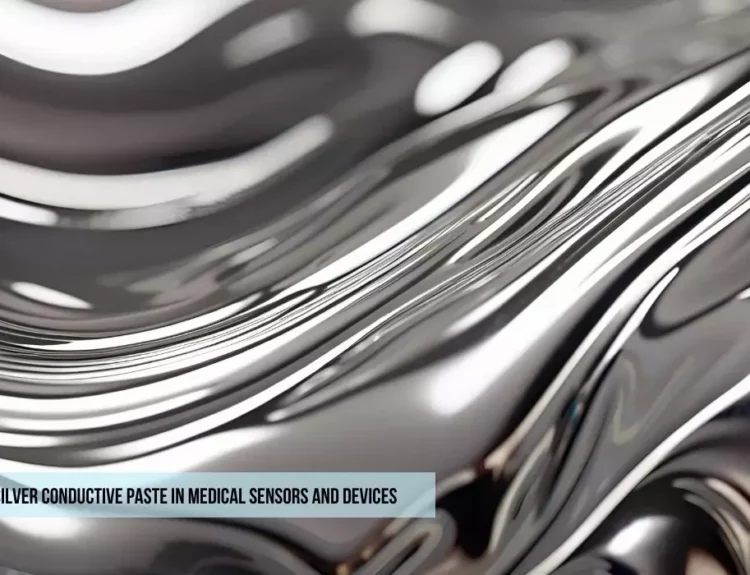Silver conductive paste might sound high-tech, but it’s an efficient material used in many everyday electronic devices and electrical applications. This paste contains tiny particles of silver suspended in a liquid, making it an excellent conductor of electricity. Let’s explore how this special paste is used in the electrical field in a simple and easy-to-understand way.
What is Silver Conductive Paste?
Before diving into its uses, let’s understand what silver conductive paste is:
- Composition: The paste is made by mixing fine silver particles with a binder and a solvent. When applied to a surface and heated, the solvent evaporates, and the binder hardens, leaving behind a solid layer of silver that conducts electricity.
- Conductivity: Silver is considered one of the best conductors of electricity, allowing electrical current to flow easily. This makes silver conductive paste incredibly useful for creating or repairing electrical connections.
Buy Best Quality Silver Conductive Paste:
Common Uses of Silver Conductive Paste in the Electrical Field
Silver conductive paste has a wide range of applications in the electrical field, from manufacturing to repairs. Here are some of the most common uses:
Printed Circuit Boards (PCBs)
Printed circuit boards (PCBs) are the heart of most electronic devices, including computers, smartphones, and televisions. The silver conductive paste is often used to produce these boards.
- Creating Electrical Paths: The paste is used to make the thin, conductive pathways connecting different PCB components. These pathways allow electricity to flow from one part of the circuit to another, enabling the device to function.
- Surface Mount Technology (SMT): In SMT, electronic components are placed directly onto the surface of the PCB. The silver conductive paste attaches these components to the board and ensures a good electrical connection.
Solar Panels
Solar panels convert sunlight into electricity, and silver conductive paste plays a crucial role.
- Connecting Solar Cells: Each solar cell in a panel generates electricity, and silver conductive paste connects these cells together. The paste ensures that the electricity the cells generate can be collected and transferred to where needed.
- Enhancing Efficiency: Because silver is such a good conductor, using silver conductive paste helps minimize energy loss, making solar panels more efficient.
Repairing Electrical Connections
The silver conductive paste is also handy for repairing broken or damaged electrical connections.
- Fixing Broken Traces: If a trace (the conductive path) on a circuit board gets damaged, silver conductive paste can be used to restore the connection. The paste is applied over the broken trace, and once it hardens, electricity can flow through the repaired area.
- They are repairing Keypads: In devices with rubber keypads, like remote controls, the conductive material that sends signals can wear out over time. Silver conductive paste can be applied to the worn areas to restore conductivity.
Manufacturing Flexible Electronics
As technology advances, there’s growing interest in flexible electronics—devices that can bend and flex without breaking. The silver conductive paste is essential for making these products.
- Flexible Circuits: Silver conductive paste creates circuits on flexible materials like plastic films. These circuits can be used in flexible displays, wearable electronics, and medical devices.
- Printing Electronics: The paste can be printed onto various surfaces using techniques like screen printing or inkjet printing, creating custom circuits that can fit into unique shapes and designs.
Antennas and RFID Tags
The silver conductive paste is also used to make antennas and RFID (Radio Frequency Identification) tags, which are used in everything from wireless communication devices to inventory tracking systems.
- Creating Antennas: The paste forms the conductive elements of antennas, which are critical for transmitting and receiving signals in wireless devices like smartphones and radios.
- Manufacturing RFID Tags: RFID tags use radio waves to communicate information. The silver conductive paste creates the tiny circuits inside these tags, enabling them to store and transmit data wirelessly.
Heaters and Defrosters
In some products, silver conductive paste creates electrical heaters or defrosters.
- Car Defrosters: The paste is applied to car windows to create defrosters that quickly clear ice and frost by heating the glass.
- Flexible Heaters: Silver conductive paste can make thin, flexible heating elements integrated into clothing, medical devices, or other products that need gentle heating.
Conclusion
The silver conductive paste is a versatile and essential material in the electrical field. Its ability to conduct electricity and be applied in various ways makes it invaluable in manufacturing, repairing, and even creating new types of electronic devices. Whether in printed circuit boards, solar panels, flexible electronics, or everyday repairs, the silver conductive paste is critical in ensuring our modern electrical and electronic systems work smoothly and efficiently.


